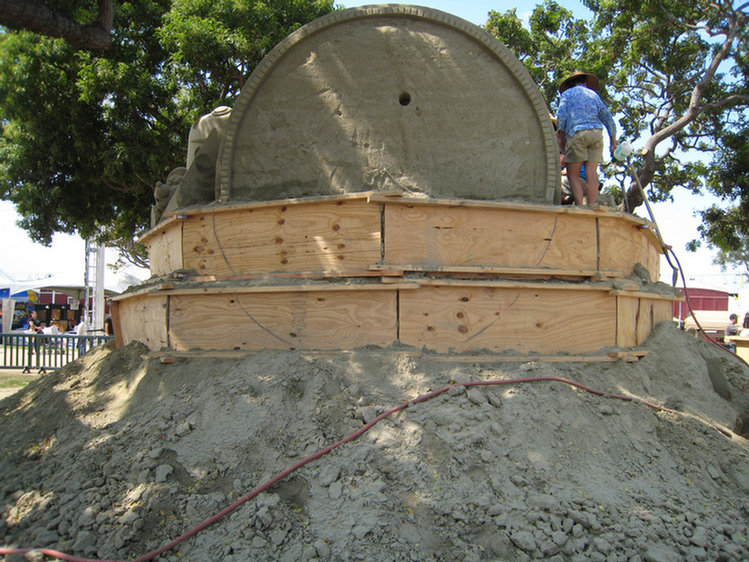We Visited The Fair On July 12th With Jeanette & Connor7/20/2008 (Page Three)
We got there early today... Before the gates opened!
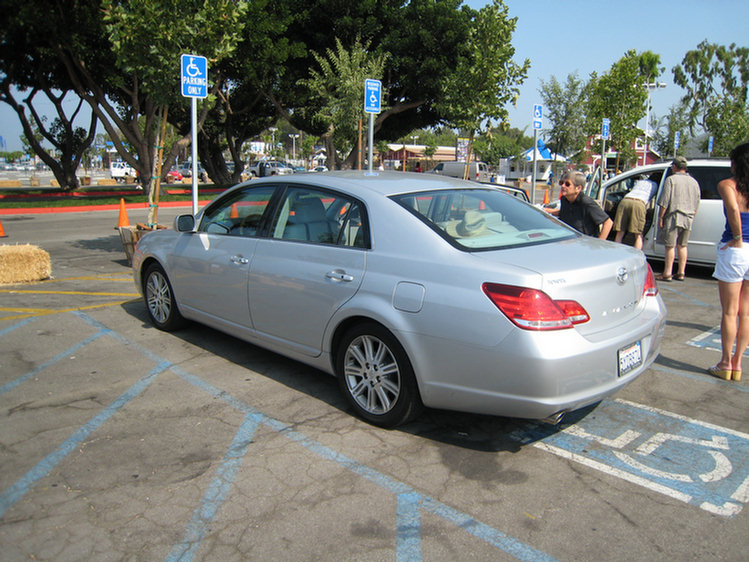
What Is The First Thing We Do? Eat!
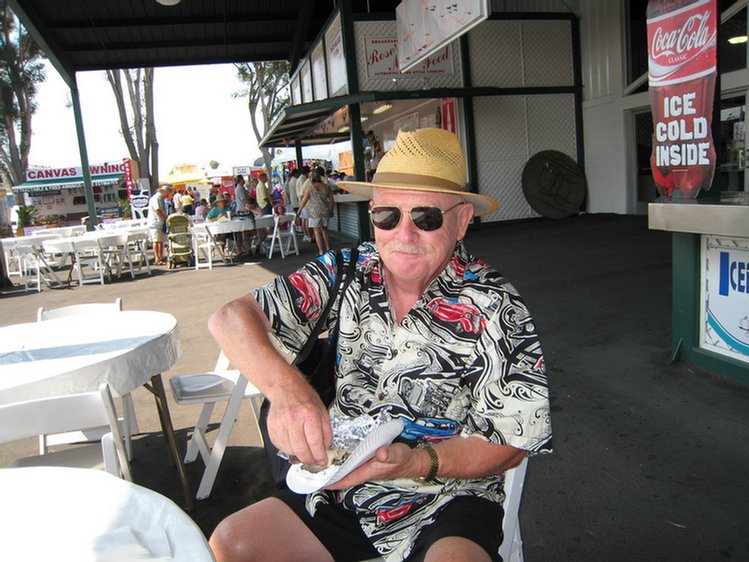
Carne
Asada taco for breakfast?? Yup!
Did You Know? -
Carne asada is a roasted beef dish, literally meaning "roasted meat". The dish mainly consists of pieces or thin cuts of beef (i.e. flank steak, skirt steak), sometimes marinated, sometimes lightly salted or rubbed with salt, pepper and/or spices, and then grilled. It can be eaten alone, with side dishes, chopped and eaten as tacos, or chopped and used as filler for tortas, burritos, etc. It is commonly accompanied with guacamole, salsa, beans, and grilled scallions and tortillas.
The dish is also commonly prepared in the northern parts of Mexico (in the states of Baja California, Coahuila, Sonora,Sinaloa, Chihuahua, Nuevo León and Tamaulipas). It can be found as the main ingredient in tacos, tortas, burritos and fajitas, or is simply served as a stand-alone. It is sold at Mexican meat markets called "carnicerias" in the American Southwest; especially those states with Mexican/Mexican-American enclaves.
Off To The Ferris Wheel
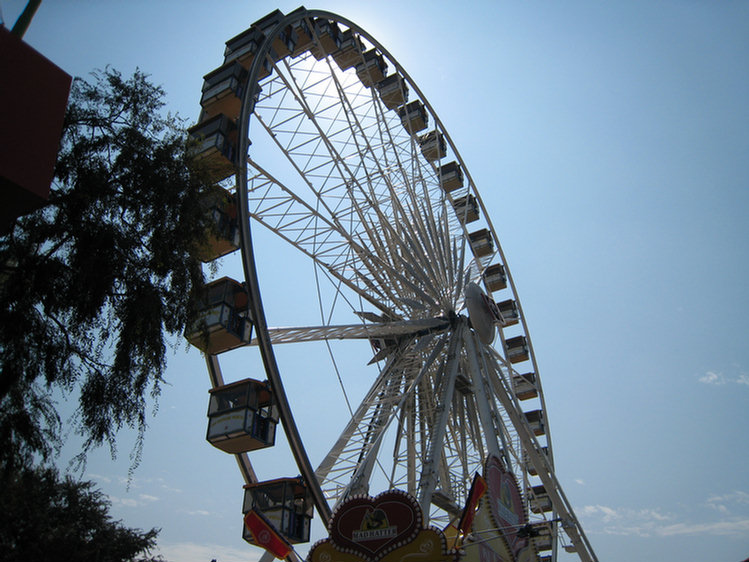
It's a big one... 80 feet to the top!
Did You Know? -
The Ferris wheel is named after George Washington Gale Ferris, Jr. He graduated from Rensselaer Polytechnic Institute and he was a Pittsburgh, Pennsylvania bridge-builder. He began his career in the railroad industry and then pursued an interest in bridge building. Ferris understood the growing need for structural steel and founded G.W.G. Ferris & Co. in Pittsburgh, a firm that tested and inspected metals for railroads and bridge builders.
Ferris designed and built the first 264 foot (80 meter) wheel for the World's Columbian Exposition in Chicago, Illinois in 1893. The wheel was intended as a rival to the Eiffel Tower, the centerpiece of the 1889 Paris exhibition. This first wheel could carry 2,160 persons. The Ferris wheel was the largest attraction at the Columbian Exposition standing over 250' tall and powered by two 1000 HP steam engines.
There were 36 cars accommodating 60 people each (40 seated, 20 standing). It took 20 minutes for the wheel to make two revolutions—the first to make six stops to allow passengers to exit and enter; the 2nd a single non-stop revolution—and for that, the ticket holder paid 50 cents. The wheel was moved twice after the 1893 Fair and was eventually destroyed (by controlled demolition) in 1906 after it was used at the St. Louis exposition of that year. At 70 tons, its axle was the largest steel forging of the time. It was 26 stories tall, only a quarter of the Eiffel Tower's height. See the original below....
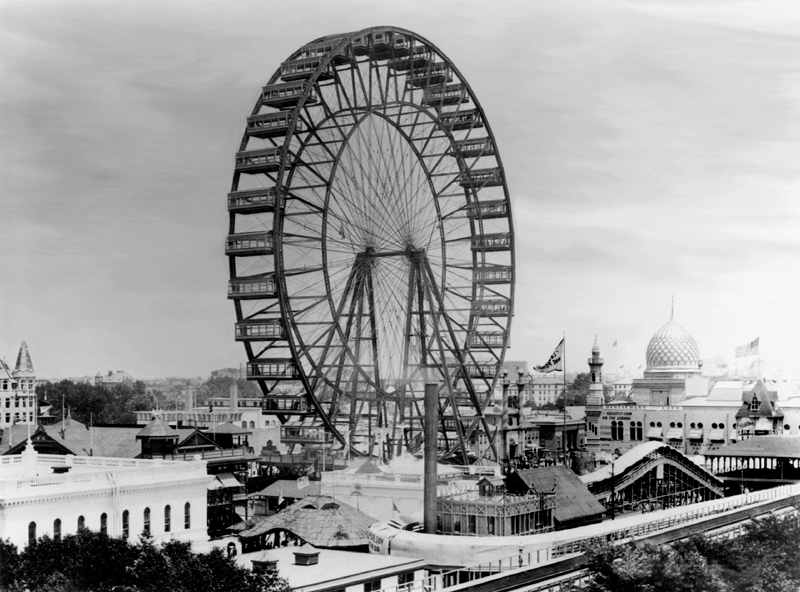
Must See The Animals!


Like Paul... Little pot bellies
Did You Know? - The baby pot-belly pigs were just precious! The pot-bellied pig is a breed of domesticated pig originating in Vietnam with fourteen sub-species. Considerably smaller than standard American or European farm pigs, most adult pot-bellied pigs are about the size of a medium- or large-breed dog, though their bodies are denser at a weight of 60 to 300 lb (27 to 136 kg). Pot-bellied pigs can be easily discerned from other pig breeds by their size, upright ears and straight tail.
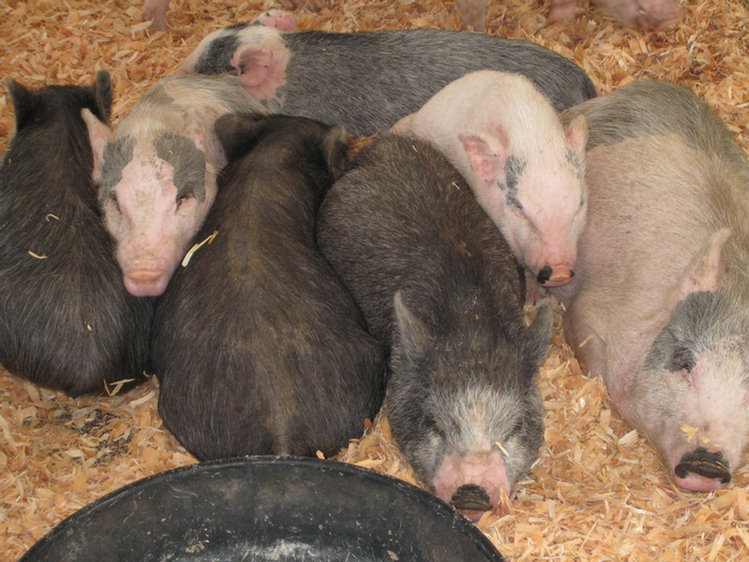
Up In The Ferris Wheel
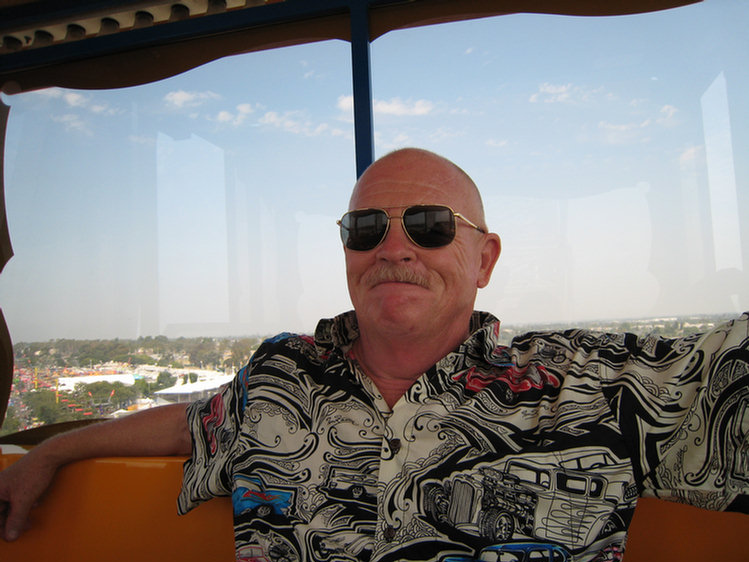
Sue did it again... Got Paul up in one of these contraptions and made
him smile! An amazing feat since he is scared to death!
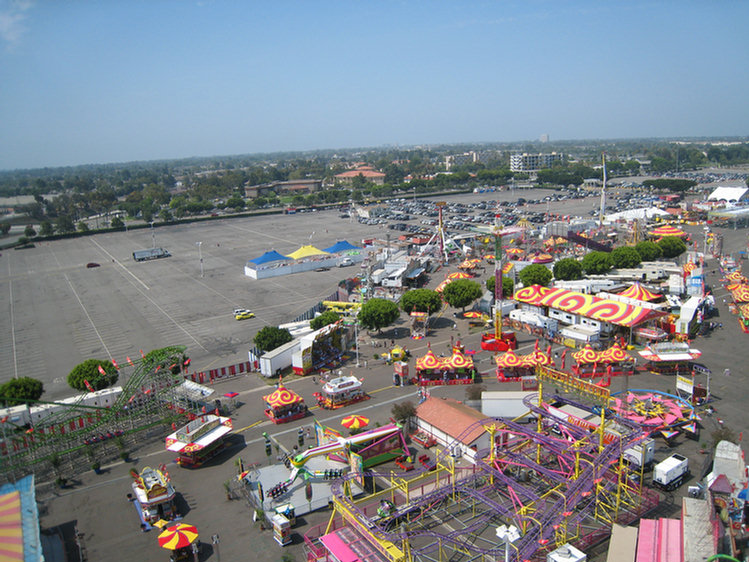
We got there early so there was not a load of people... yet!
Miss Calm Cool And Collected

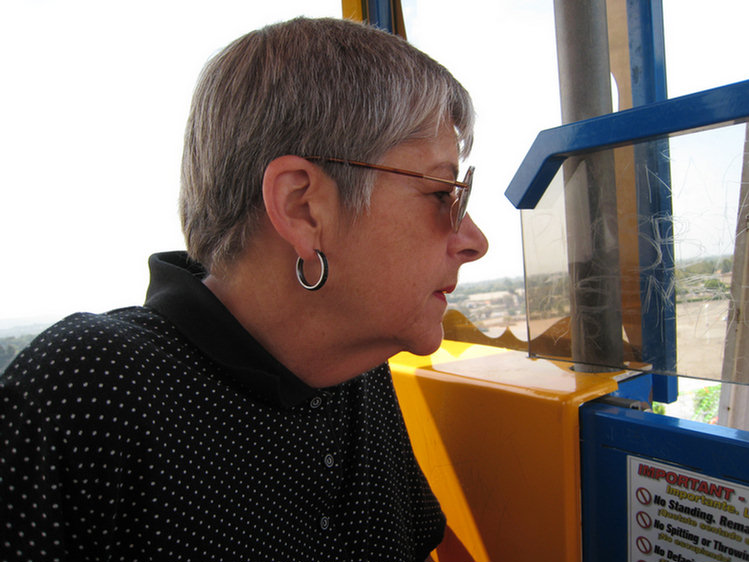
Back On Earth There Is Food And A Lot Of It
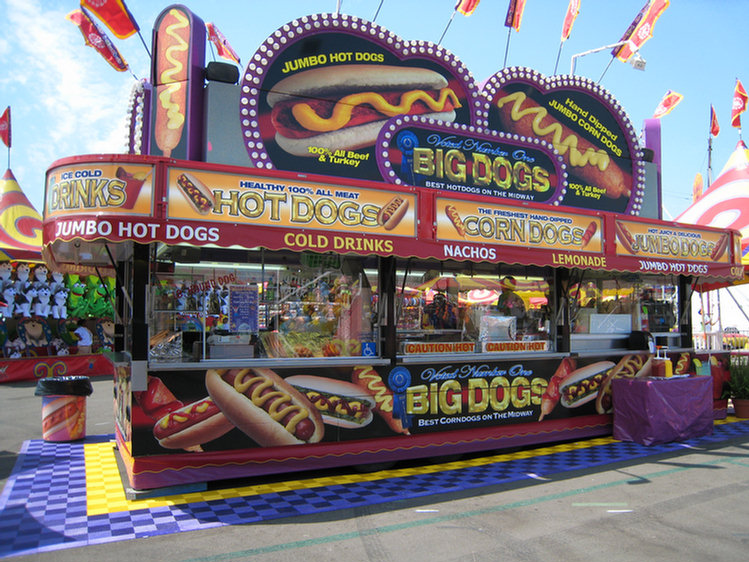
Hot Dogs seems to be a favorite
Did You Know? - A hot dog is a type of fully-cooked, cured and/or smoked moist sausage of soft, even, texture and flavor. It is usually placed hot in a soft, sliced Hot dog bun of approximately the same length as the sausage, and optionally garnished with condiments and toppings. In the United Kingdom and Australia, hot dog refers more commonly to the combination of sausage and bun, with the sausage called a frankfurt.
Claims of invention of the hot dog are difficult to assess, because various stories assert the creation of the sausage, the placing of the sausage (or another kind of sausage) on bread or a bun as finger food, the popularization of the existing dish, or the application of the name "hot dog" to a sausage and bun combination.
The city of Vienna traces the lineage of the hot dog to the wienerwurst or Viennese sausage, the city of Frankfurt to the frankfurter wurst, which it claims was invented in the 1480s; the hot dog has also been attributed to Johann Georghehner, a 17th century butcher from the Bavarian city of Coburg who is said to have invented the "dachshund" or "little-dog" sausage and brought it to Frankfurt.
Around 1870, on Coney Island, a German immigrant named Charles Feltman began selling sausages in rolls
We Love Seeing The Home Arts And Crafts
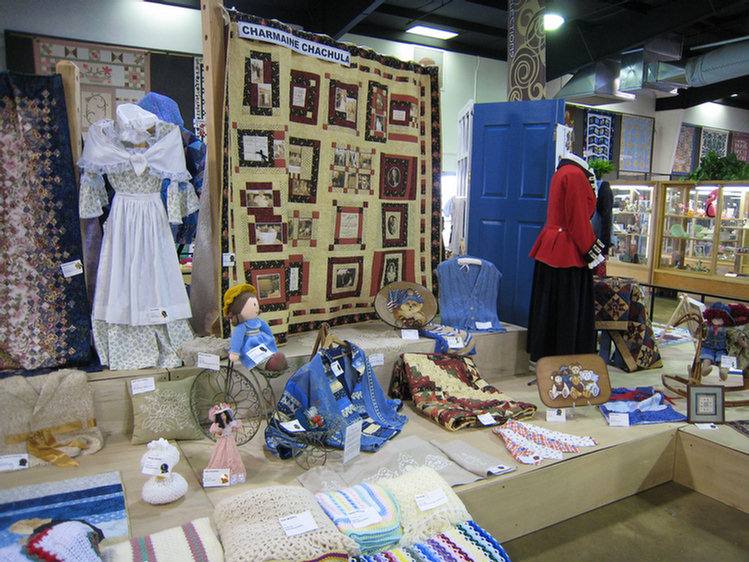
Table/Place Settings Are Always Interesting... People Are So Creative!
Did You Know? - Table setting refers to the way to set a table with tableware—such as eating utensils and dishware—for serving and eating. The arrangement for a single diner is called a place setting. The arrangement varies across various cultures. The table should have a centerpiece that performs a solely decorative function. If an informal dinner is being served that will fill the available places at the table, care should be taken to not make the centerpiece too large so that there will be sufficient room to place serving dishes. However, at a formal dinner in Europe, the centerpiece may be huge and, including candles, may extend the full length of the table. Centerpieces should be of low height, so as not to obstruct visibility of diners' faces.
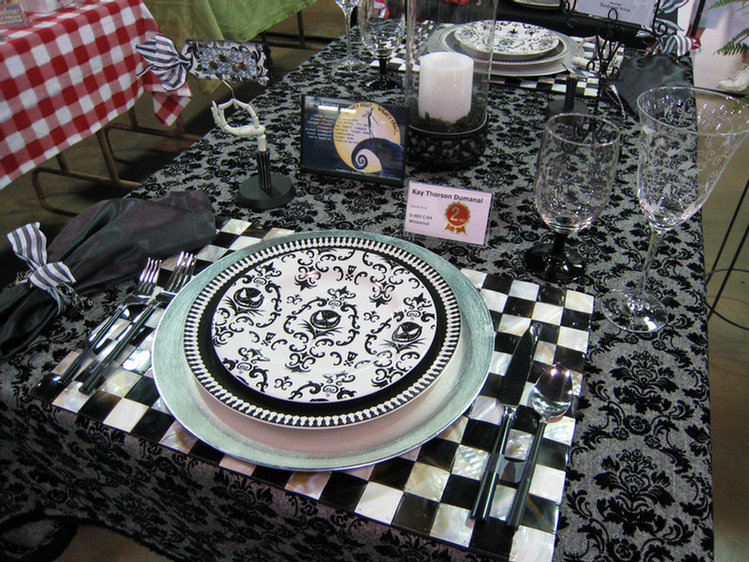
Place settings are so very clever
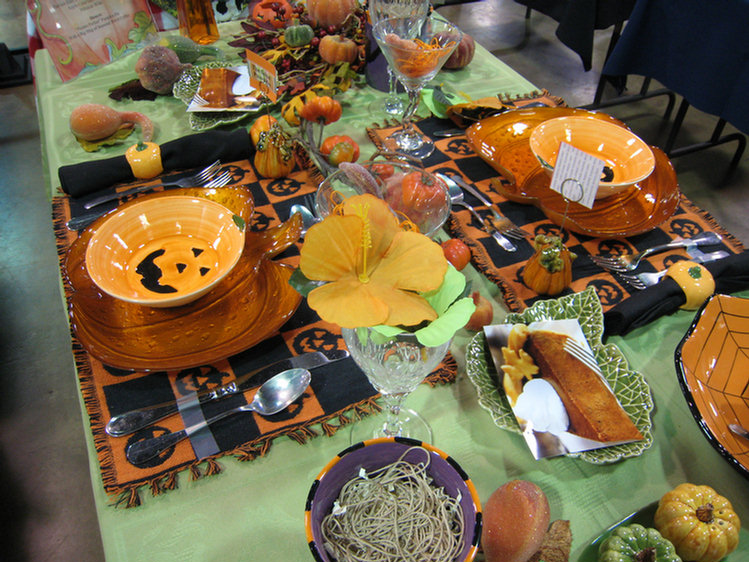
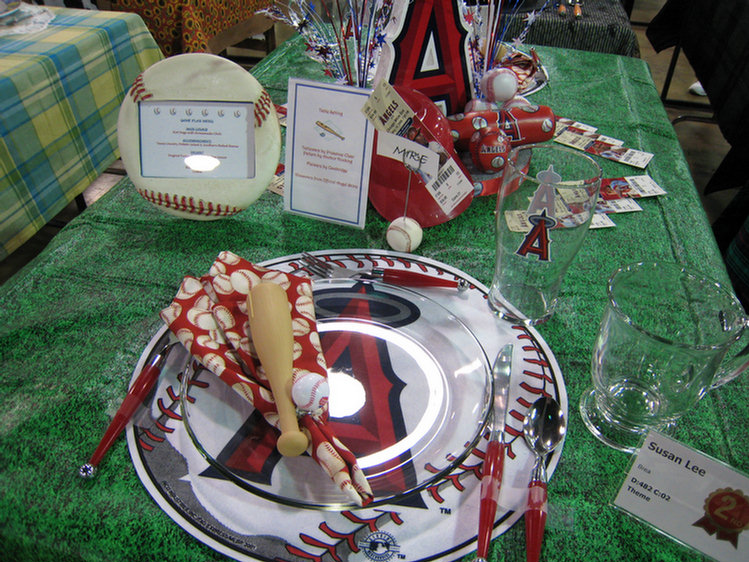
Karen Sewell And Mom Make The Visit Even Better
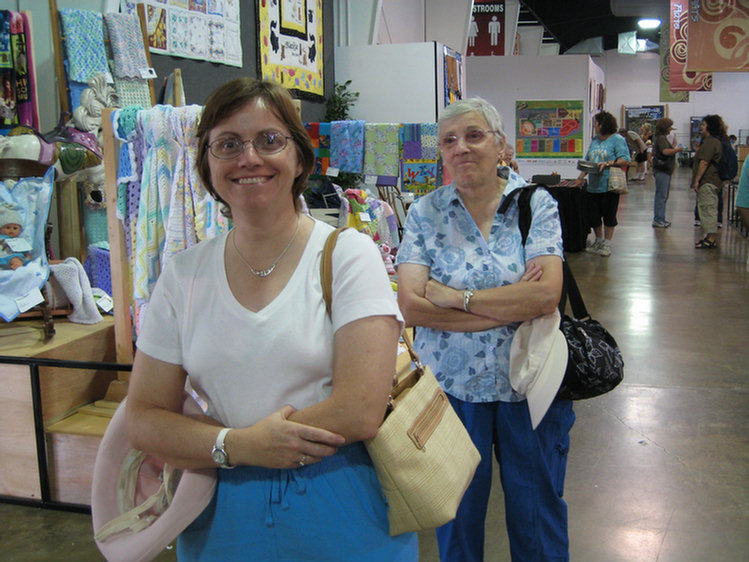
Karen Sewell and her Mom were at the OC Fair so we got to visit and exchange stories!
Karen is now in a Finance Management program at Boeing currently at Huntington Beach!
Karen and Paul worked together for several years at Boeing!
Collectibles... People Collect The Strangest Things!
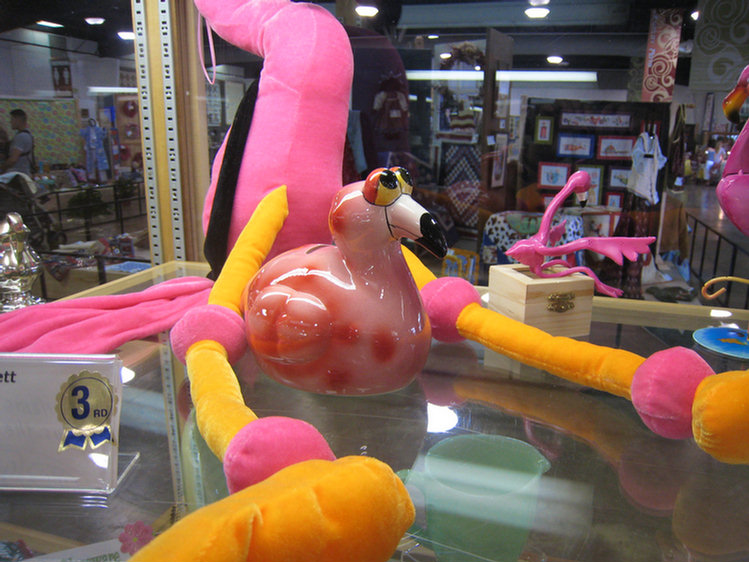
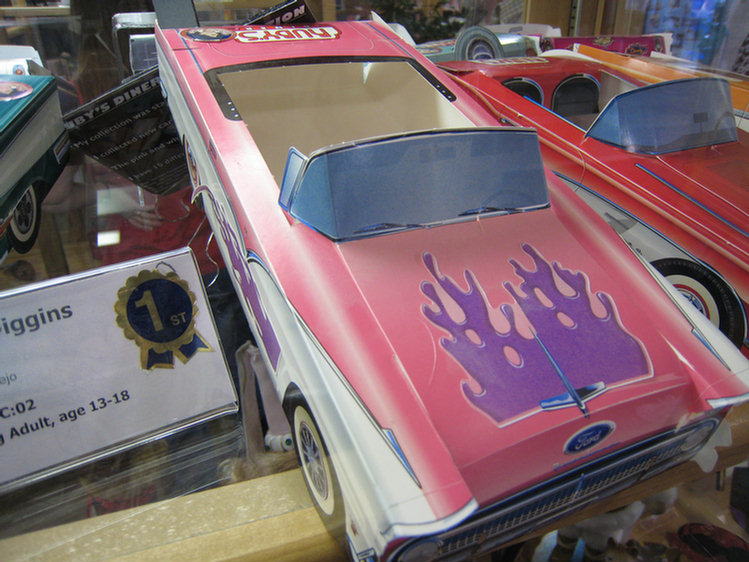
Remember there... You got them at dinner and had to fold them into cars!
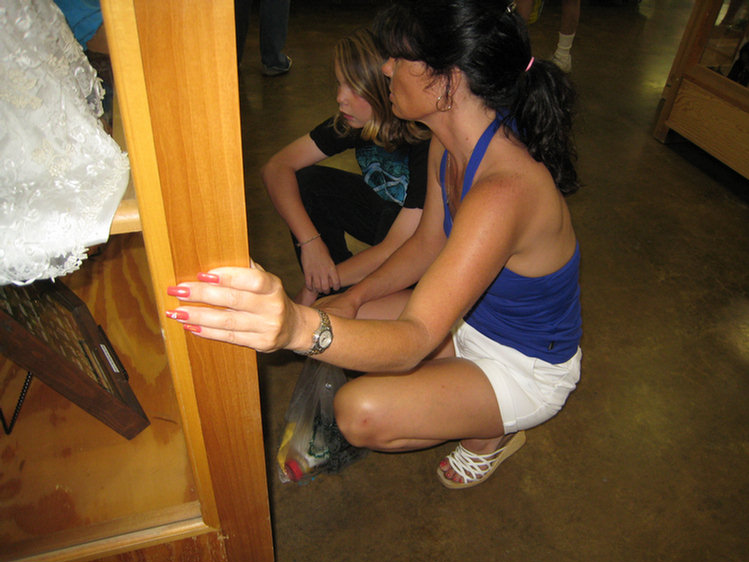
Jeanette explains the displays to Connor
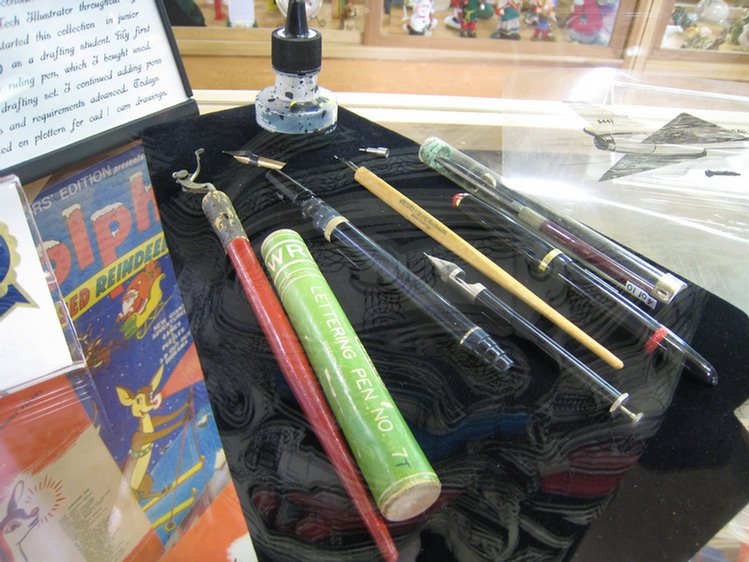
Old drafting sets
Did You Know? - I remember these from when I took drafting in 1958 in junior high school. These were the tools of the drafting trade and they were NOT easy to use! Technical drawing , also known as drafting, is the "art and practice of creating accurate representations of objects for technical, architectural and engineering needs." A practitioner of the craft is known as a draftsman, (or draughtsman in the UK), and recently, "drafter". Today the mechanics of the drafting task have been greatly accelerated through the use of CADD systems, but regardless of whether a draft is drawn by hand or with computer assistance, the field-use-drawing must be reproducible with a version control system to maintain authorized and approved changes to the master document (or computer files, the modern analog).
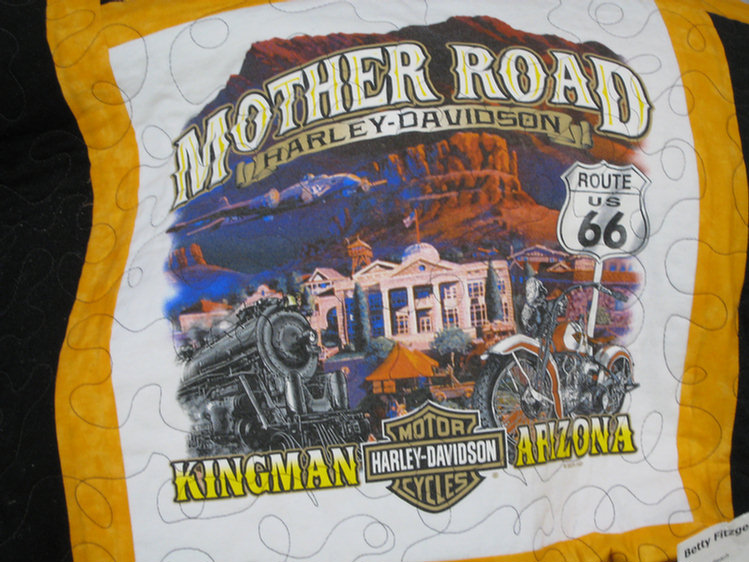
We visited this store in Williams when we passed through on our way to Sedona Arizona!
Jeanette Caught At Lunch Time Making Faces

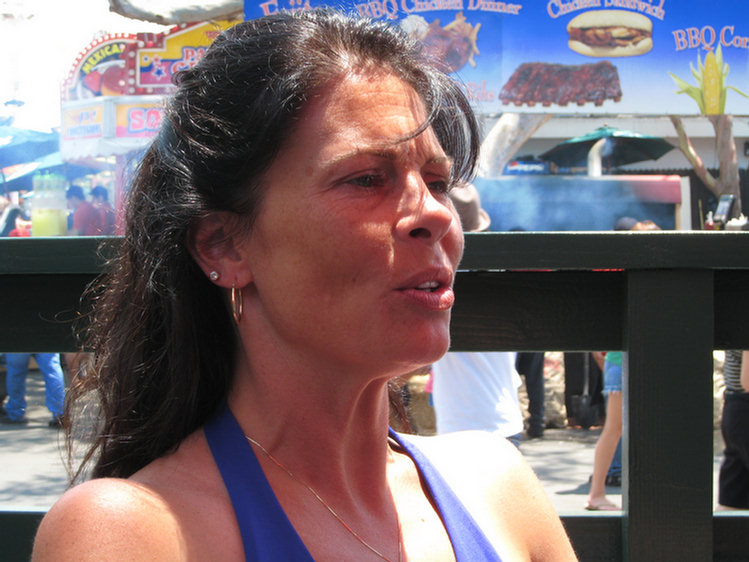
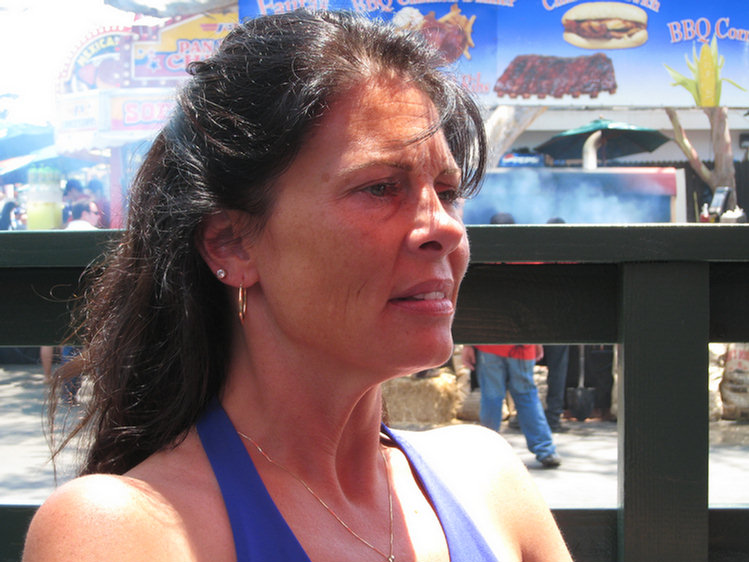

Camera Obscura
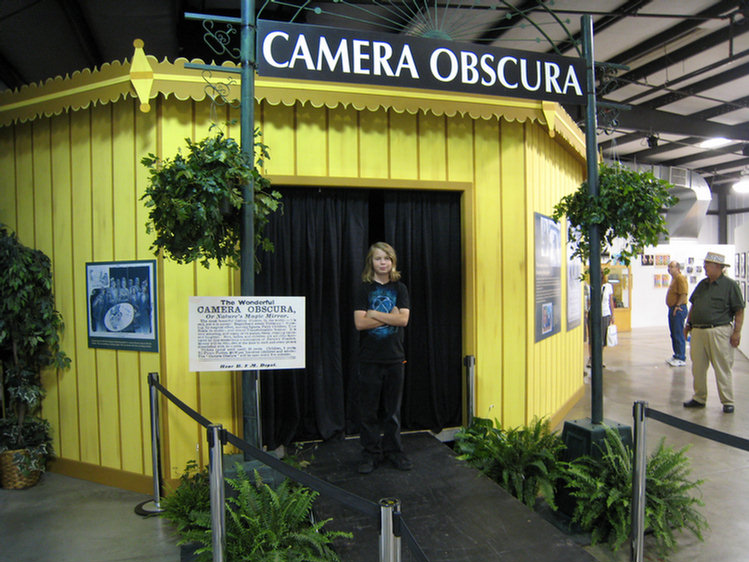
A walk in camera
Did You Know? - The camera obscura was an optical device used in drawing, and one of the ancestral threads leading to the invention of photography. In English, today's photographic devices are still known as "cameras".
The principle of the camera obscura can be demonstrated with a rudimentary type, just a box (which may be room-sized, or even hangar sized) with a hole in one side, (see pinhole camera for construction details). Light from only one part of a scene will pass through the hole and strike a specific part of the back wall. The projection is made on paper on which an artist can then copy the image. The advantage of this technique is that the perspective is accurate, thus greatly increasing the realism of the image (correct perspective in drawing can also be achieved by looking through a wire mesh and copying the view onto a canvas with a corresponding grid on it).
With this simple do-it-yourself apparatus, the image is always upside-down. By using mirrors, as in the 18th century overhead version (illustrated in the Discovery and Origins section below), it is also possible to project an up-side-up image. Another more portable type, is a box with an angled mirror projecting onto tracing paper placed on the glass top, the image upright as viewed from the back.
As a pinhole is made smaller, the image gets sharper, but the light-sensitivity decreases. With too small a pinhole the sharpness again becomes worse due to diffraction. Practical cameras obscurae use a lens rather than a pinhole because it allows a larger aperture, giving a usable brightness while maintaining focus.
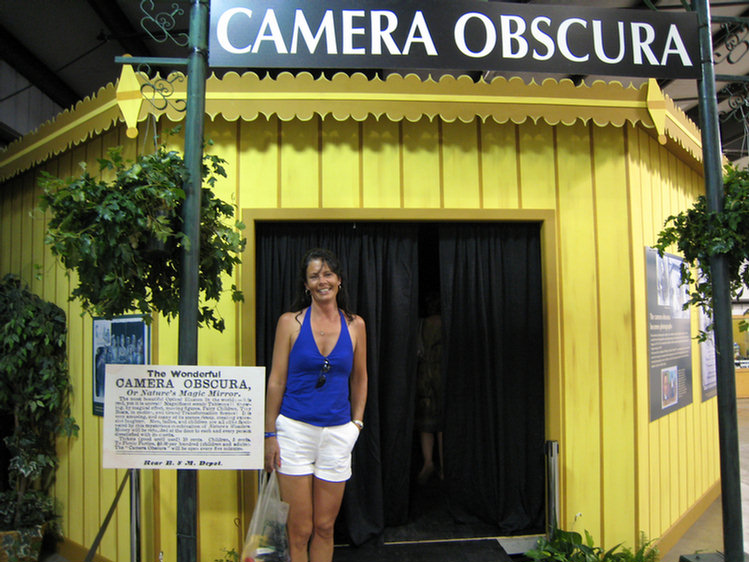
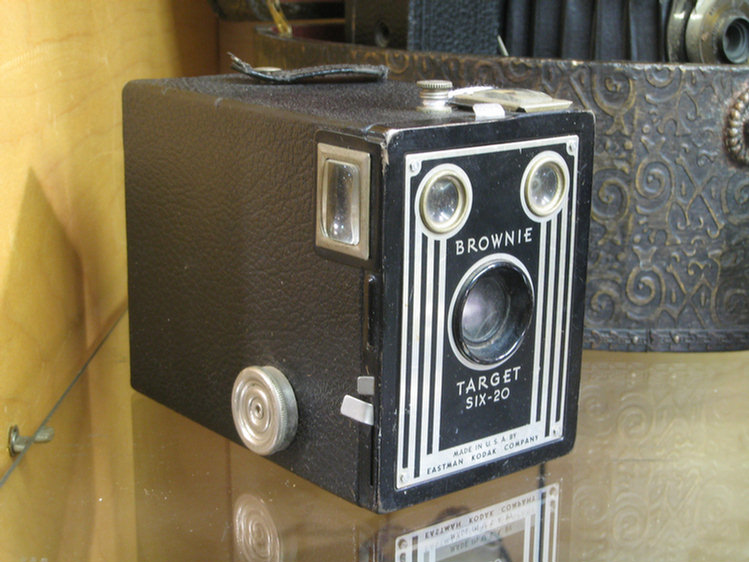
We had one of these!
Did You Know? - Brownie was the name of a long-running and extremely popular series of simple and inexpensive cameras made by Kodak. The Brownie popularized low-cost photography and introduced the concept of the snapshot. The first Brownie, introduced in February, 1900, was a very basic cardboard box camera with a simple meniscus lens that took 2¼-inch square pictures on 117 roll film. With its simple controls and initial price of $1, it was intended to be a camera that anyone could afford and use. The camera was named after the popular cartoons created by Palmer Cox.
One of the most popular Brownie models was the Brownie 127, millions of which were sold between 1952 and 1967. The Brownie 127 was a simple Bakelite camera for 127 film which featured a simple meniscus lens and a curved film plane to reduce the impact of deficiencies in the lens.
Did You Know? - Bakelite is a material based on the thermosetting phenol formaldehyde resin, polyoxybenzylmethylenglycolanhydride developed in 1907–1909 by Belgian-American Dr. Leo Baekeland. Formed by the reaction under heat and pressure of phenol (a toxic, colourless crystalline solid) and formaldehyde (a simple organic compound), generally with a wood flour filler, it was the first plastic made from synthetic components. It was used for its electrically nonconductive and heat-resistant properties in radio and telephone casings and electrical insulators, and was also used in such diverse products as kitchenware, jewellery, pipe stems, and children's toys. In 1993 Bakelite was designated an ACS National Historical Chemical Landmark in recognition of its significance as the world's first synthetic plastic.
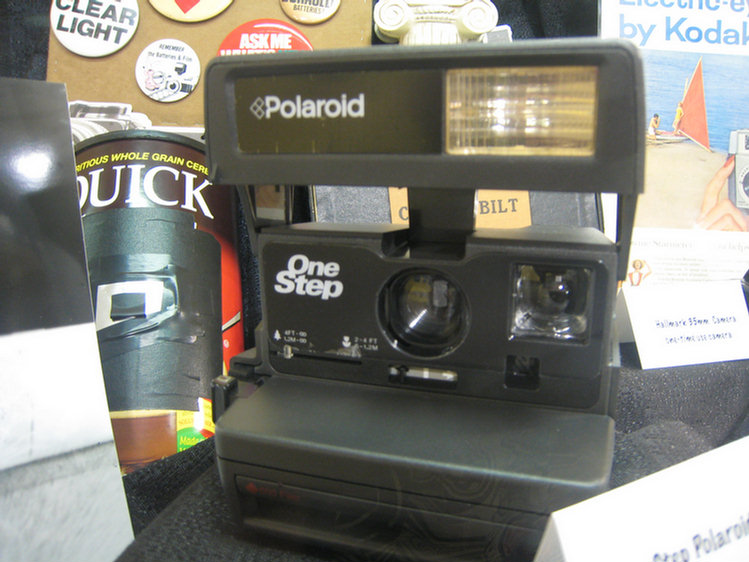
The old poloroid
Did You Know? - Jeanette got one of these for Christmas and remembers it well! The SX-70 is a folding single lens reflex Land Camera which was produced by the Polaroid Corporation from 1972-1977. Though Polaroid had considered a Henry Dreyfus-designed SLR for its Colorpack film, the SX-70 was the first instant SLR and the first camera to use Polaroid's new SX-70 integral print film, which developed automatically without the need for intervention from the photographer. The SX-70 was also notable for its elegant folding design, which allowed the camera to be compact enough to fit a man's suit-jacket pocket when collapsed.
There were a variety of models beginning in 1972 with the original SX-70, though all shared the same basic design. The first model, sold in Florida in late 1972, had a plain focusing screen (the user was expected to be able to see the difference between in- and out-of focus) because Dr. Land wanted to encourage photographers to think they were looking at the subject, rather than through a viewfinder. When many users complained that focusing was difficult, especially in dim light, Dr. Land was forced to include a split-image rangefinder prism of the kind used on 35mm SLR focusing screens. This feature is standard on the SX-70 Model 2.

Mt grandparents had one but could not afford the file
Did You Know? - The Ansco Memo is an American 35mm camera introduced in c1926-27, using Ansco's own cassette system - as the 35mm cassettes would not be standardized until 1934. The earliest version of the Ansco Memo box camera was made of varnished wood. The wooden housings of the later versions were covered with leather. The Memo features a claw-based film-advance mechanism, like a cine camera, rather than a sprocket system as on a conventional 35mm camera.
Stereo Was Nothing New 100 Years Ago!
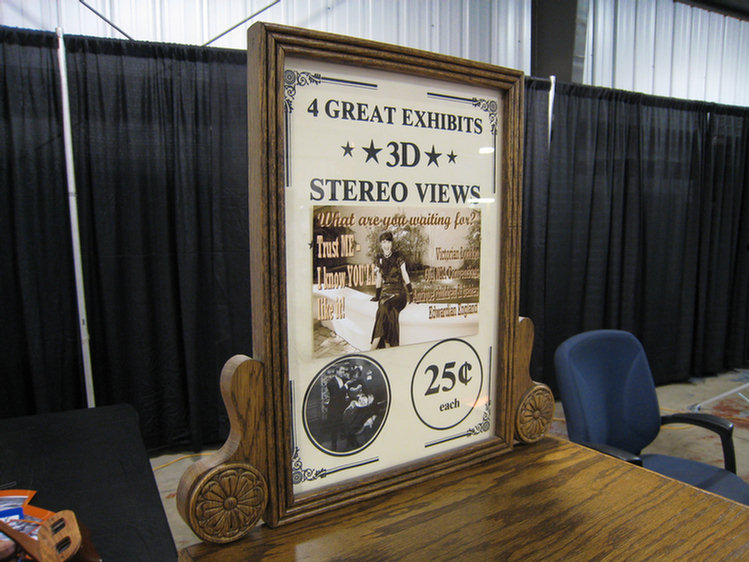
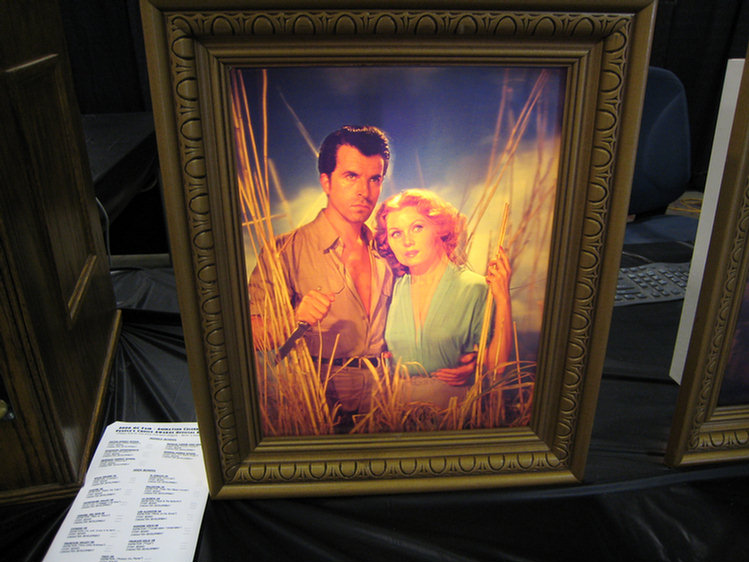
Skyway Ride Allows Us To See All
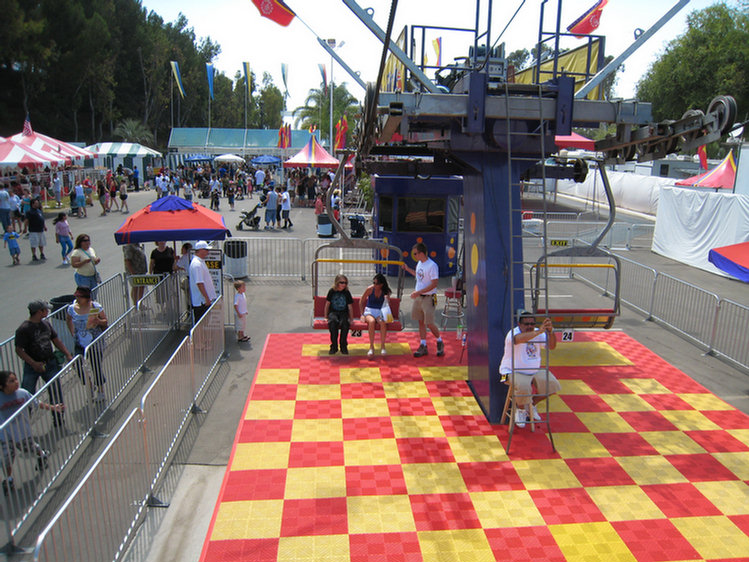
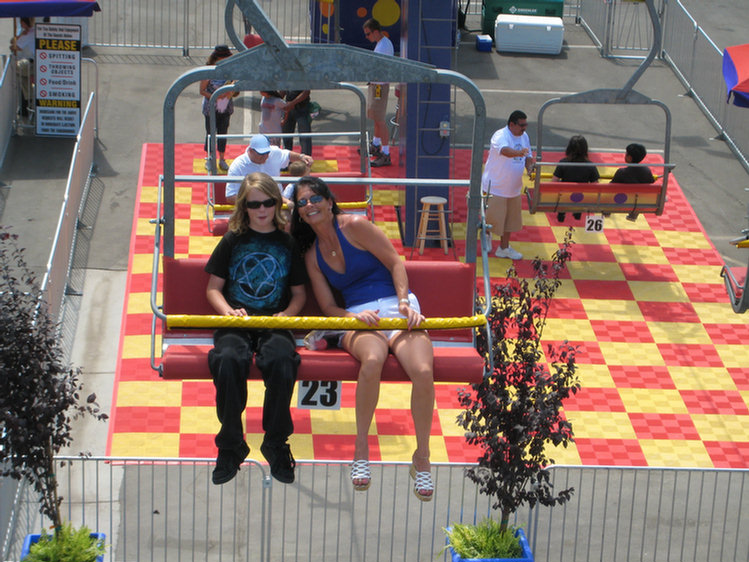
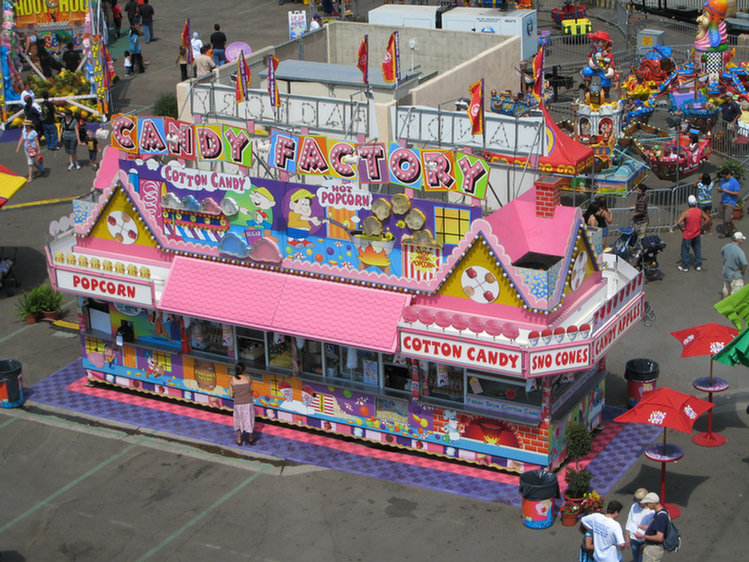
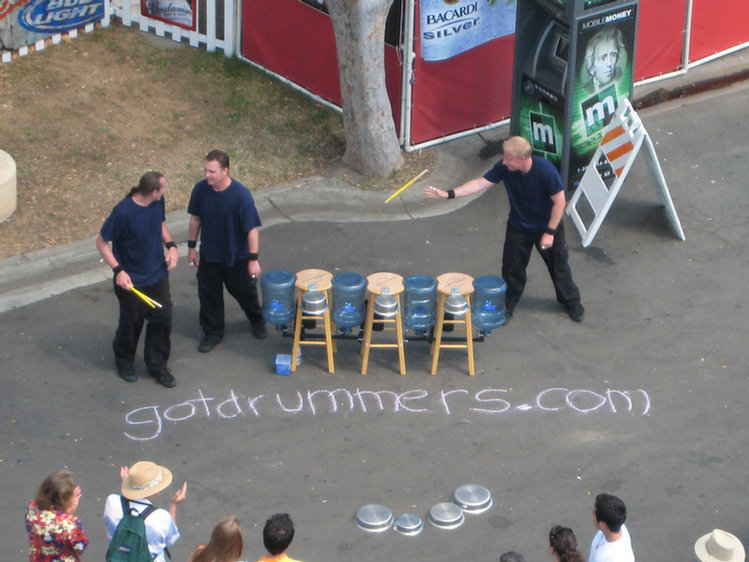
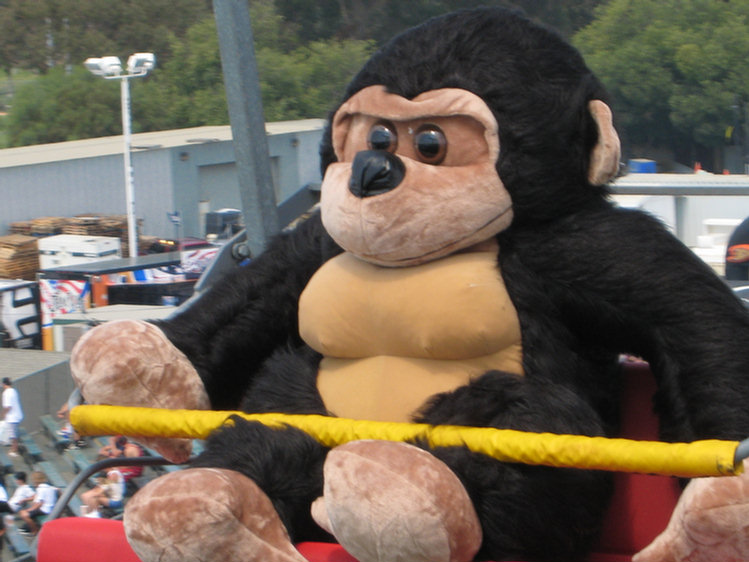
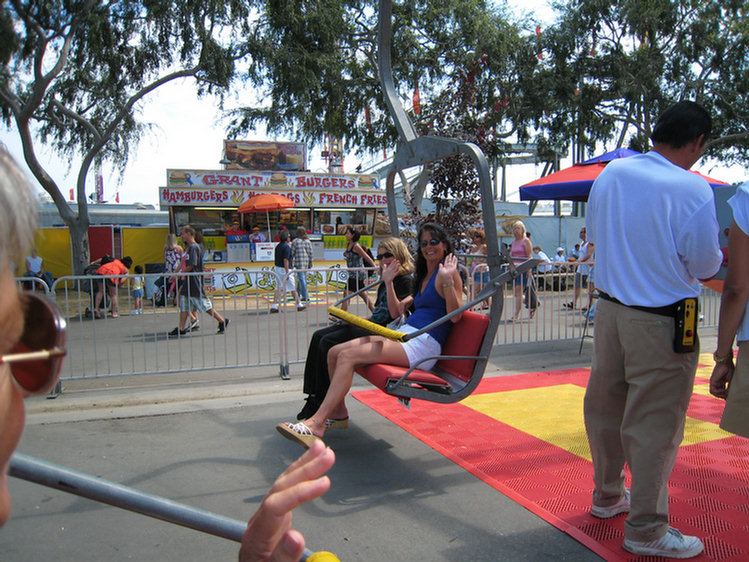
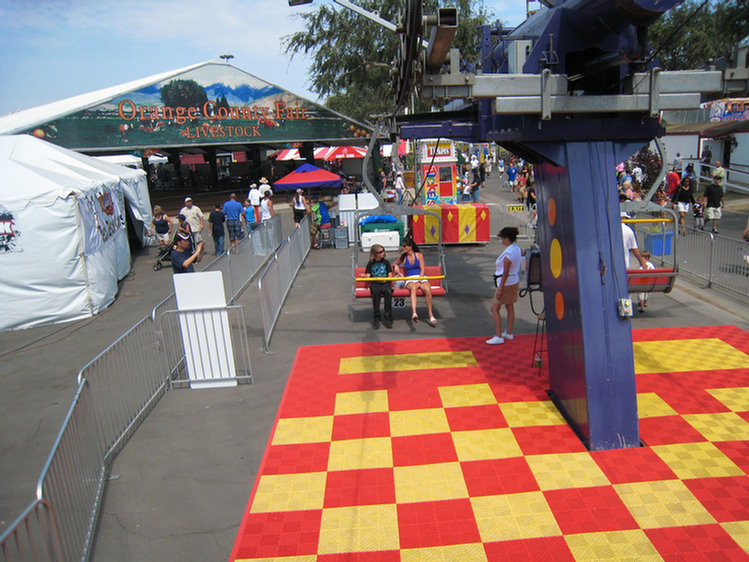

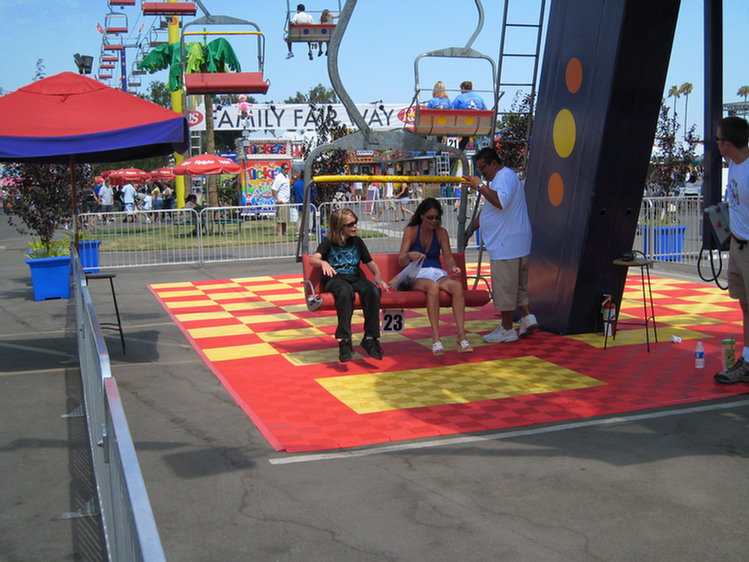
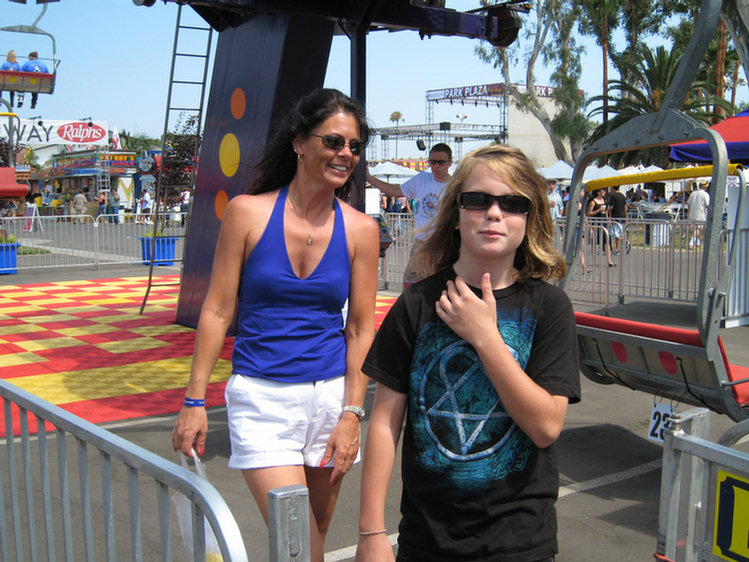
Let's Visit The Piglets
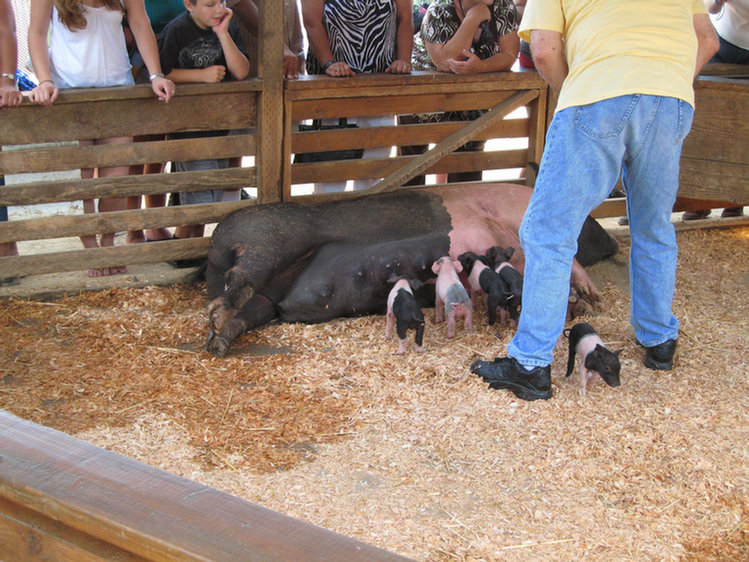

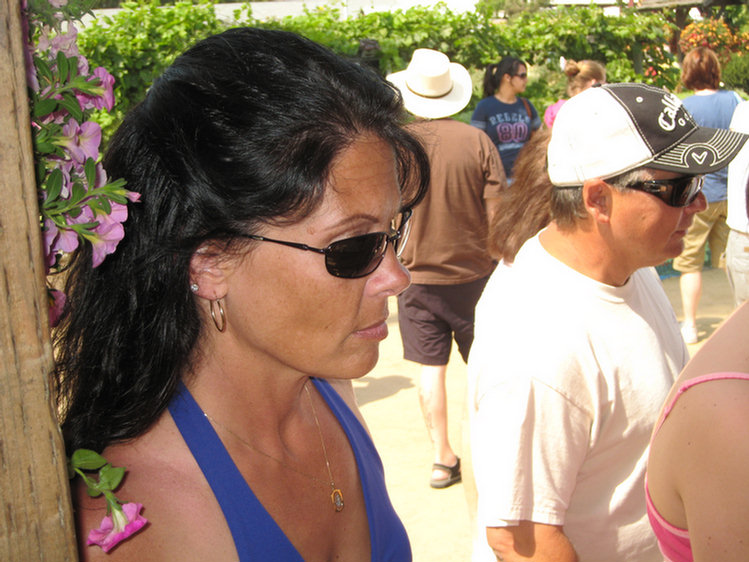
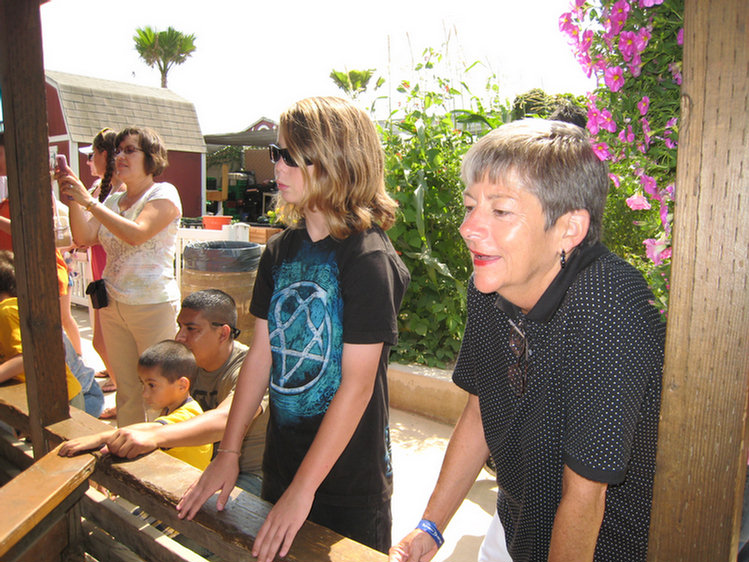
The Sand Sculpture Will Get Finished As The Fair Goes On
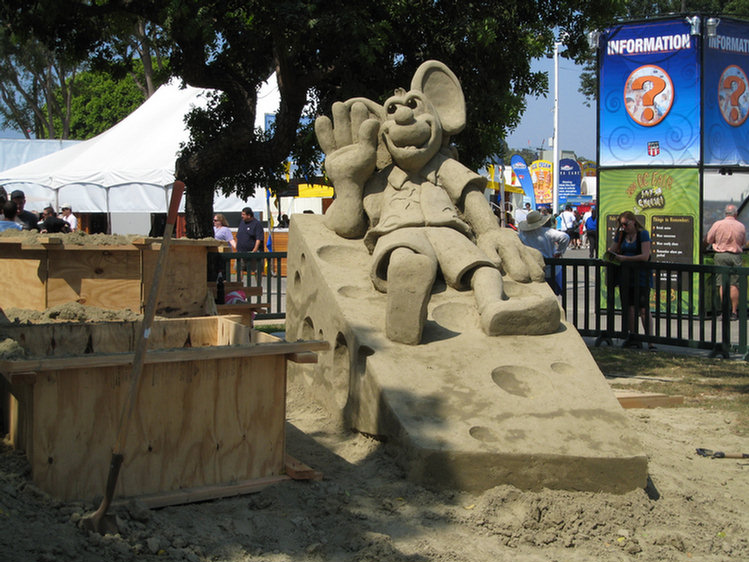
The sand carvings are a real work of art and patience
Did You Know? - Sand grains will not stick together unless the sand is reasonably fine. While dry sand is loose, wet sand is adherent if the proper amounts of sand and water are used in the mixture. According to the BBC TV program Coast, the ideal ratio is eight parts dry sand to one part water. When the sand dries out or gets wet, the shape of a structure may change; "landslides" are common. Furthermore, the mixture of fine (mostly sharper) and coarse sand granules is very important to achieve good "sand construction" results. Fine granules can be rounded by the natural influences of seas, rivers or fluvials, in turn negatively influencing the bonding between the individual granules. Research is thus necessary to found the most suitable sand to achieve an optimal, landslide-free construction.
Shovels are the main construction tool, although some people use only their hands. Water from the sea can brought to the building site with a bucket or other container. Sometimes other materials, such as pieces of wood, are added to reinforce structures.
Sand sculpting as an art form has become very popular in recent years. Hundreds of annual competitions are held all over the world. Techniques can be quite sophisticated, and record-breaking achievements have been noted in the Guinness World Records. Sometimes contests are staged as advertising or promotional events
